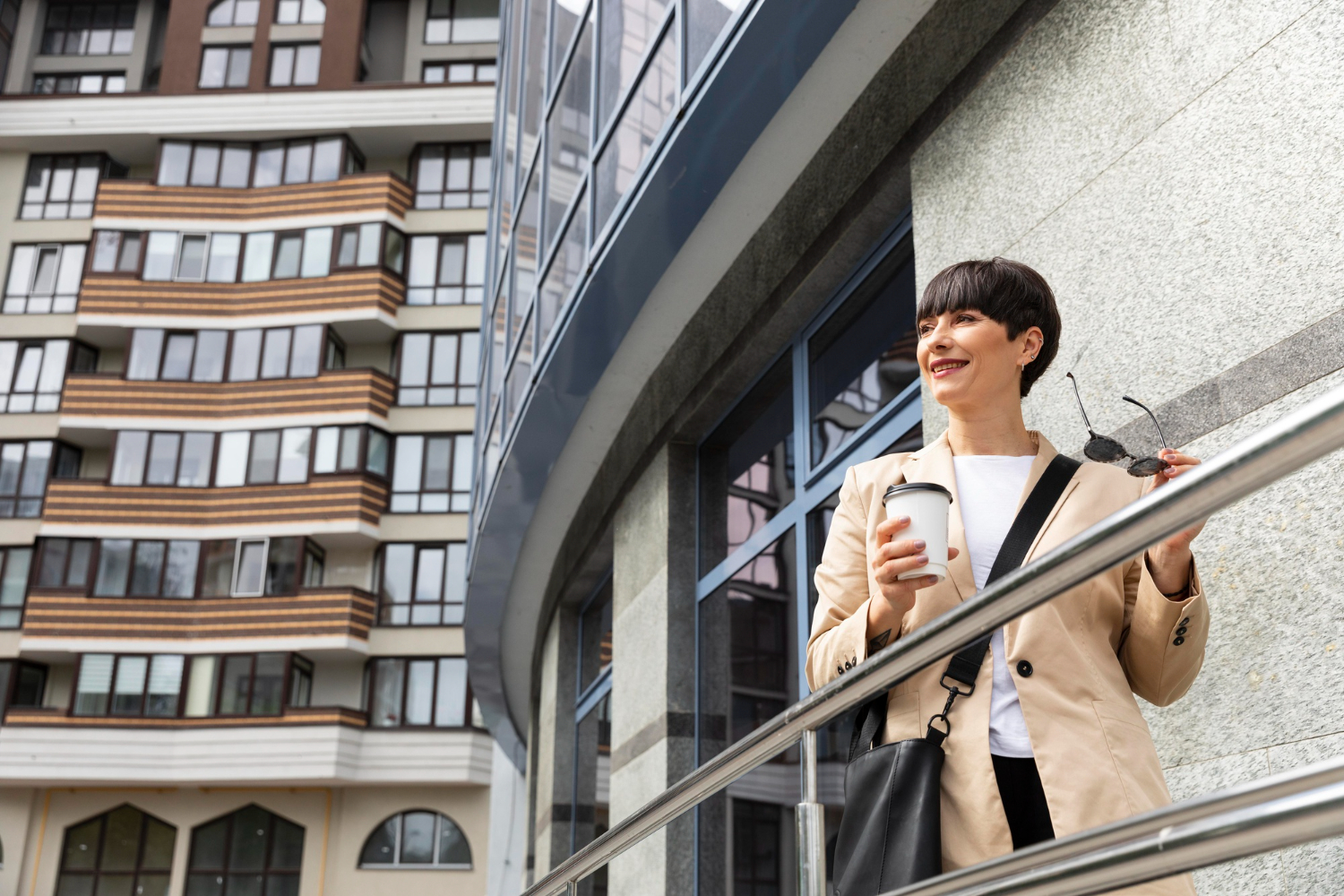
Urban living offers a unique blend of excitement, convenience, and opportunity. For many, cities are vibrant cultural hubs brimming with possibilities. However, thriving in an urban environment requires a balance of lifestyle choices and strategic living.
Whether you’re drawn to the lifestyle, career opportunities, or cultural offerings, making the most of city life means understanding and utilizing the resources available. From finding the right home to establishing a cohesive work-life balance, this guide offers insights into thriving in urban dwellings.
Key Takeaways
- Learn practical strategies for enjoying urban life while maintaining a balanced lifestyle.
- Discover how to utilize city amenities to enhance your quality of life.
- Understand the importance of community and connections in urban settings.
Table of Contents
- Introduction to Urban Living
- Finding Your Perfect Urban Home
- Embracing City Amenities
- Building Community Connections
- Balancing Work and Leisure
- Exploring Green Spaces in the City
- Navigating Urban Transportation
- The Future of Urban Living
Introduction to Urban Living
Cities serve as the heartbeat of modern society, offering bustling activity and endless possibilities for personal and professional development. Cities like Menlo Park present engaging residential opportunities, and choosing the right place to rent in Menlo Park can significantly enhance your urban experience. For many, relocating to an urban area symbolizes an opportunity for a fresh start. But with all its perks, city life demands adaptability, resourcefulness, and a keen ability to manage its inherent challenges. The increased pace and the diversity in culture are unmatched, but living in such environments requires strategic decisions to unlock the full potential of urban life.
Finding Your Perfect Urban Home
Choosing an urban home involves weighing factors such as location, amenities, and budget to ensure they align with personal preferences. Many urban dwellers prioritize apartments with easy access to work, entertainment, and social activities. As you consider where to plant roots, evaluate the neighborhood’s vibe, the proximity to essentials like grocery stores and hospitals, and access to public transportation—all crucial for ensuring your new home complements your urban lifestyle.
Embracing City Amenities
Urban environments offer many amenities that significantly enrich one’s quality of life. These resources, from recreational parks and sports facilities to vibrant cultural institutions and shopping districts, play a pivotal role in shaping your city experience. Parks, in particular, have been lauded for their contribution to public well-being. According to the National Park Service, parks offer vital green spaces essential for relaxation and exercise, ensuring residents have a refuge from the urban hustle and bustle.
Building Community Connections
In the often impersonal world of urban living, forming real human connections can sometimes be daunting. Yet, fostering a sense of community remains essential for emotional well-being and integration into city life. Engaging with neighbors through local events or joining community clubs can lead to meaningful relationships. Whether attending local farmer’s markets, community theater productions, or neighborhood volunteer events, these activities are gateways to building a supportive urban network.
Balancing Work and Leisure
Maintaining a work-life balance is a common challenge for urban dwellers, who often juggle professional commitments with personal life. Flexible work arrangements provide the leverage needed to achieve this balance, offering the freedom to allocate time effectively between work and leisure. Studies, like one published by the Public Library of Science, have underscored the significance of such practices, emphasizing how adapting work schedules can lead to improved mental health and productivity.
Exploring Green Spaces in the City
Even amidst a concrete jungle, green spaces offer a sanctuary for urban dwellers. These areas provide a physical escape and a mental refuge, essential for stress relief and connection to nature. Cities like San Francisco and New York have masterfully integrated expansive parks such as Golden Gate Park and Central Park into their landscapes, offering diverse recreational opportunities ranging from hiking trails to art installations.
Navigating Urban Transportation
Efficient transportation options are crucial for navigating the city efficiently and economically. Public transit systems, cycling pathways, and pedestrian-friendly routes provide sustainable solutions to daily commuting challenges. Mastering these systems can reduce travel time, minimize stress, and make urban living more enjoyable, allowing residents to focus more on what the city offers outside their commute.
The Future of Urban Living
Today’s urban landscapes are evolving rapidly, spurred by technological advances and a growing emphasis on sustainability. Future urban living is expected to be shaped by innovative city initiatives that enhance city infrastructure, improve connectivity, and promote ecological balance. As these changes take hold, cities will increasingly become landscapes where technology and nature coexist harmoniously, promising an enriched quality of urban life.
